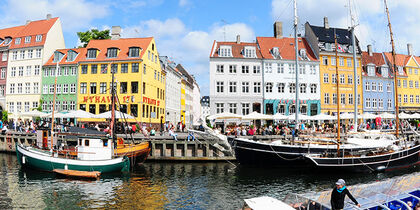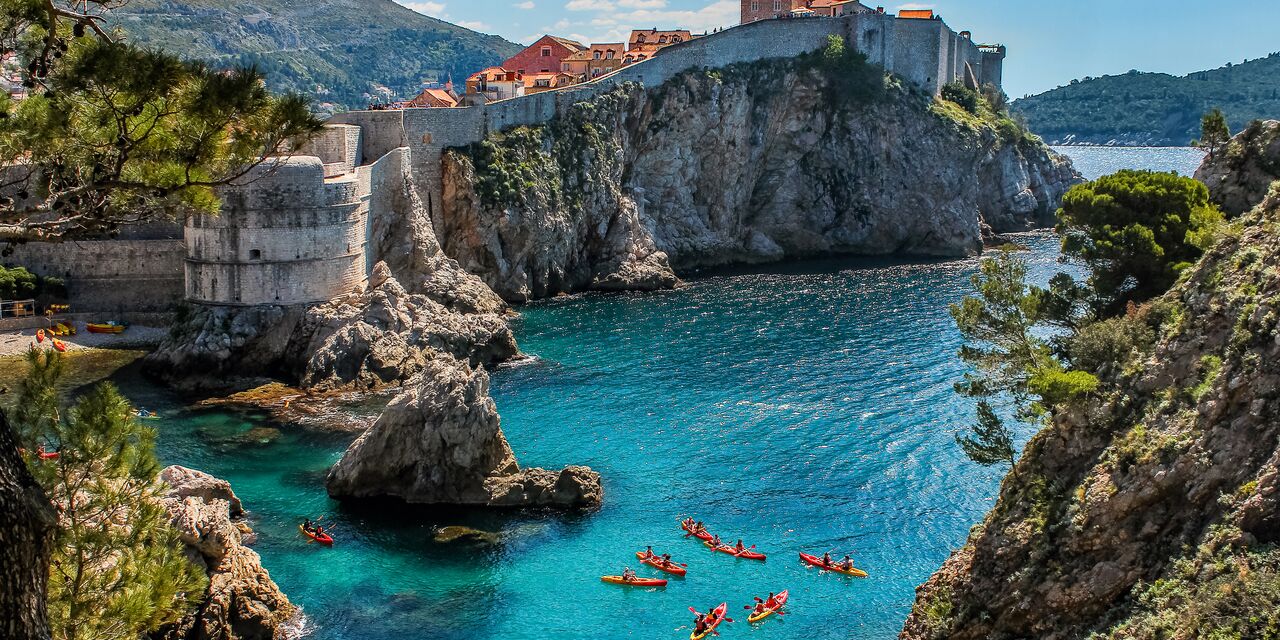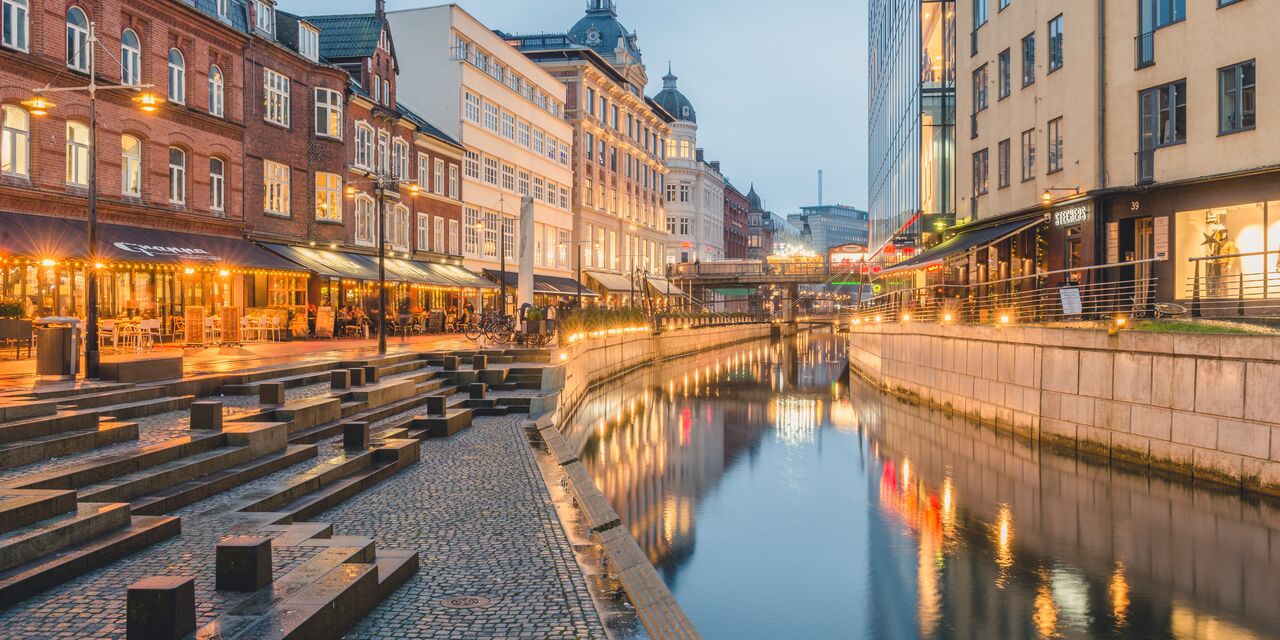
The view of Copenhagen from the water
Copenhagen’s many canals are perfect for a boat tour. Dozens of boats depart every day from Nyhavn, taking passengers on a tour of the waterfront attractions such as the statue of the Little Mermaid and the modern opera house. There are canal cruises, hop-on-hop-off tours and dinner cruises. Less well known and highly recommended is the jazz cruise. This boat carries a complete jazz band and offers an hour and a half tour of the city’s highlights.

Happy hour on the quay
It may be hard to choose from the large number of cafés along the quay. One of the best known bars is Nyhavn 17, a pub that has been popular since the 18th century. Back then, sailors came here to drink, but today a diverse public stops in to enjoy whisky and various beers. The cosy interior of the café is decorated with dark wood but outside is even more fun: on sunny days there are patio tables on the quay, a great spot for people watching and seeing the boats come and go. From the 1960s to the 1980s, the Hong Kong bar was the bar of choice for sailors looking to blow off steam until the early hours of the morning. Even today, the club is still very popular as the bar remains open after all the other bars have closed. Bartenders tap beer 7 days a week, 24 hours a day. This is the place for a late-night after-party, or for a cup of coffee in the early hours of the morning.

The Mindeankeret monument
At the end of Nyhavn we find the Mindeankeret, a large monumental anchor in memory of the Danish officers and sailors who died during the Second World War; there were over 1700 men who never returned. The monument was first composed of a wooden cross. In 1951, it was replaced by the anchor of the frigate Funen which was stationed at the Holmen naval base during the war. Every year on 5 May, the day when Denmark was liberated in 1945, an official ceremony is held to commemorate the dead.
























